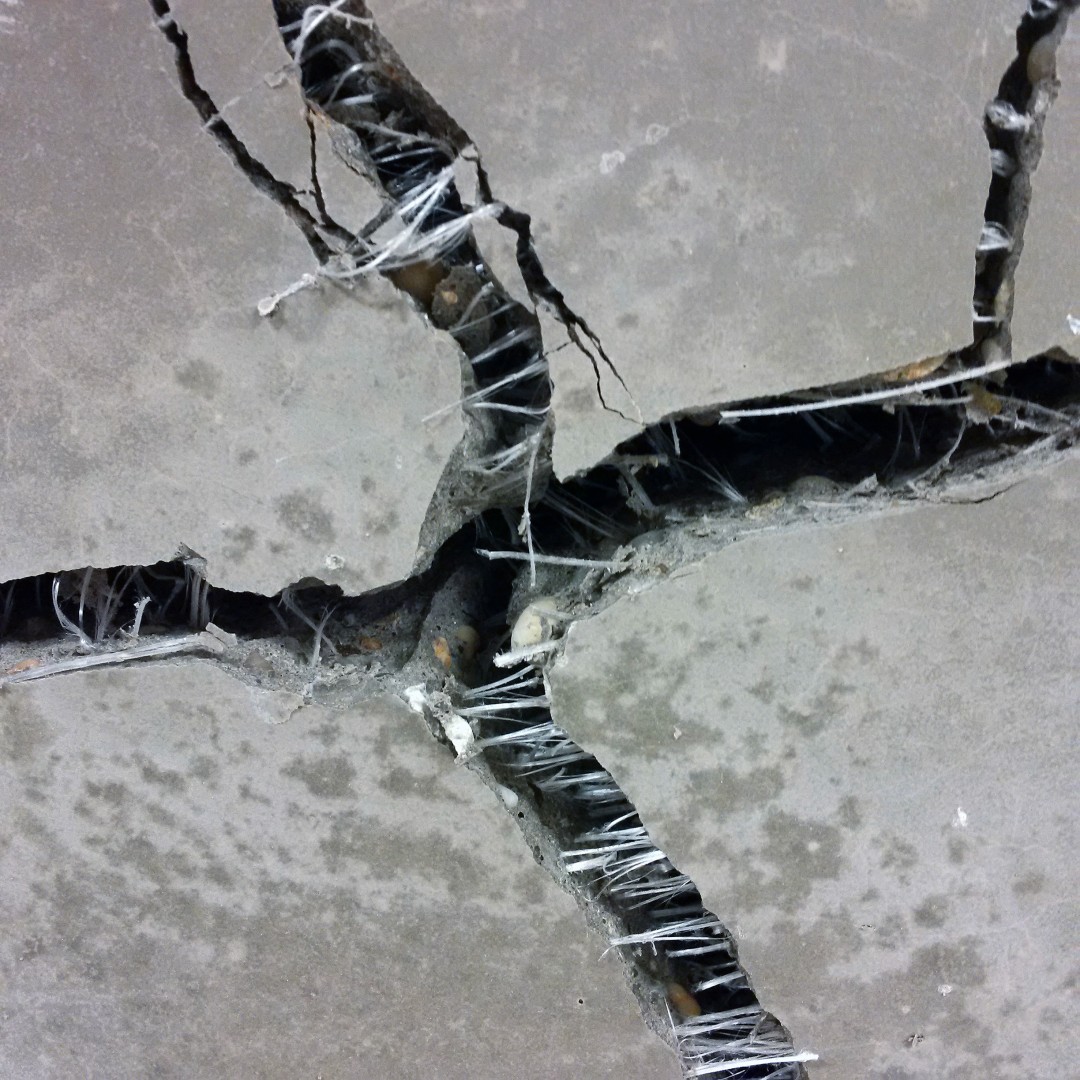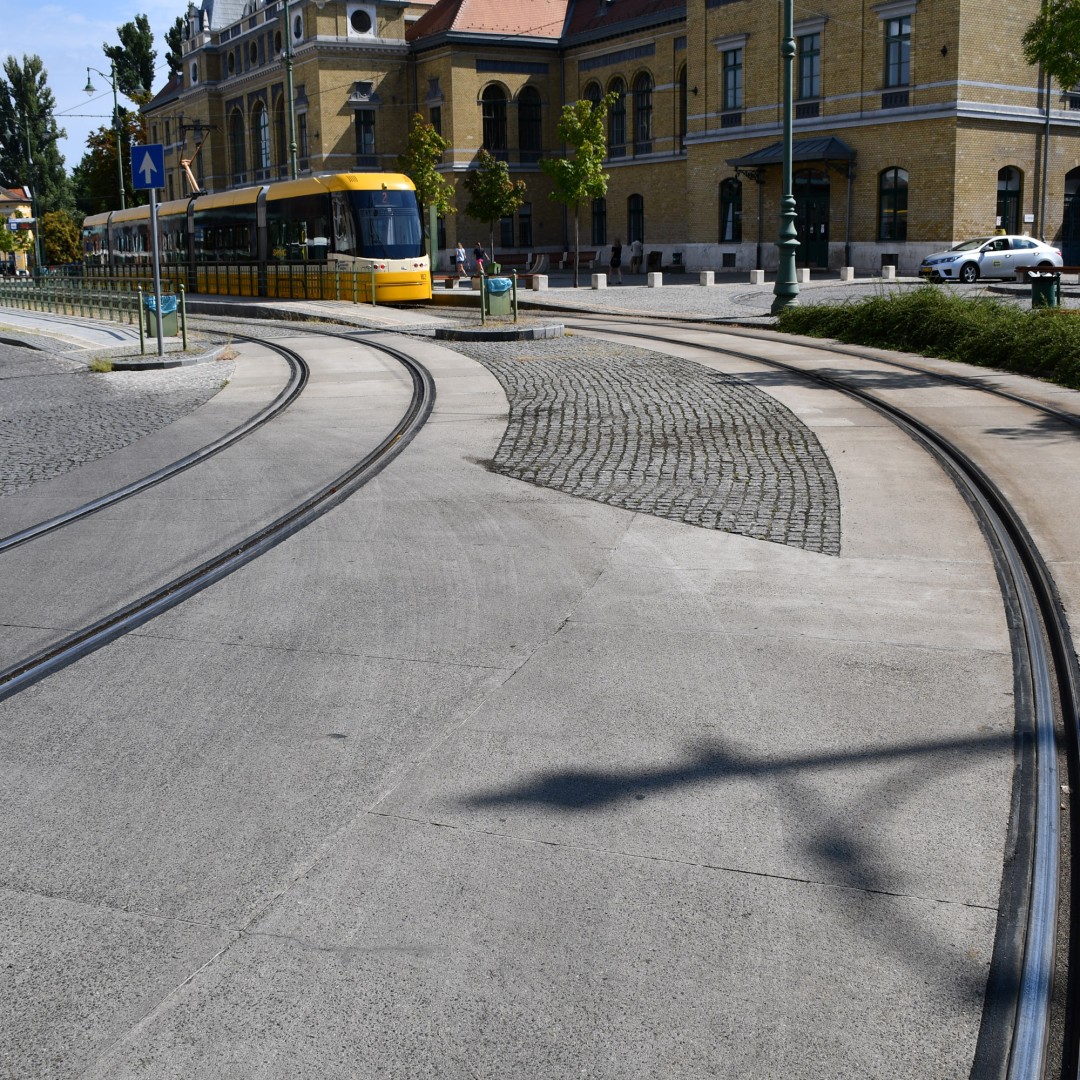
FRC
The use of fibre-reinforced concrete emerged before comprehensive material models and design methods were fully developed. This was largely due to the complexity of its non-linear behavior and the absence of a corresponding calculation methodology. Although finite element software with advanced nonlinear material models was available to design this innovative material, there remained practical questions about the real benefits of fibre reinforcement.
Fibres primarily enhance the ductility of concrete, which is challenging to quantify using traditional engineering approaches. While they offer little to no improvement in the flexural and tensile strength of the material, and their contributions to tensile and compressive strength are minimal, fibres do play a significant role in controlling early-age cracking. However, quantifying this effect is difficult, making it challenging to integrate into standard design procedures. Thus, accurately considering the benefits of fibres requires finite element analysis with an advanced material model and a deeper understanding of the unique properties of fibre-reinforced concrete.

Fibers on the cracked surface
The behavior of synthetic macro fibre-reinforced concrete has been studied across various structures. Early applications demonstrated its advantages in tramway construction, where it provided ease of use, cost-effectiveness, and corrosion resistance. Following this success, we extended its use to other structures, such as the grandstand at Debrecen Stadium. Industrial floors are another common application, though it requires specially developed macro fibres to avoid issues with fibres protruding from the surface.

Tramline in Szeged (2010-2020)

Grandstand element of Debrecen Stadium (2013)
Over time, guidelines for using fibre reinforcement have become more accessible to practicing engineers. However, due to the complexity of the design process, designing fibre-reinforced concrete is still primarily undertaken by specialized design offices.
With over a decade of experience in developing, testing, and designing synthetic macro fibre-reinforced concrete, our company has contributed significantly to advancing this technology. Our main publications on the topic include the "A Proposed Evaluation Method for Three-Point Beam Tests of Fiber-Reinforced Concrete," which outlines a new approach to assessing the material's performance.
While synthetic fibres have reached their current capacity limits, further progress will require a creative breakthrough, such as the development of new materials or technologies. Despite these challenges, the potential of fibre-reinforced concrete remains underutilized. Through accurate calculation methods and precise material parameters, we have optimized numerous projects, achieving faster construction or manufacturing times, rust-free structures, cost savings, and a reduced carbon footprint.
For more detailed information, please contact us.